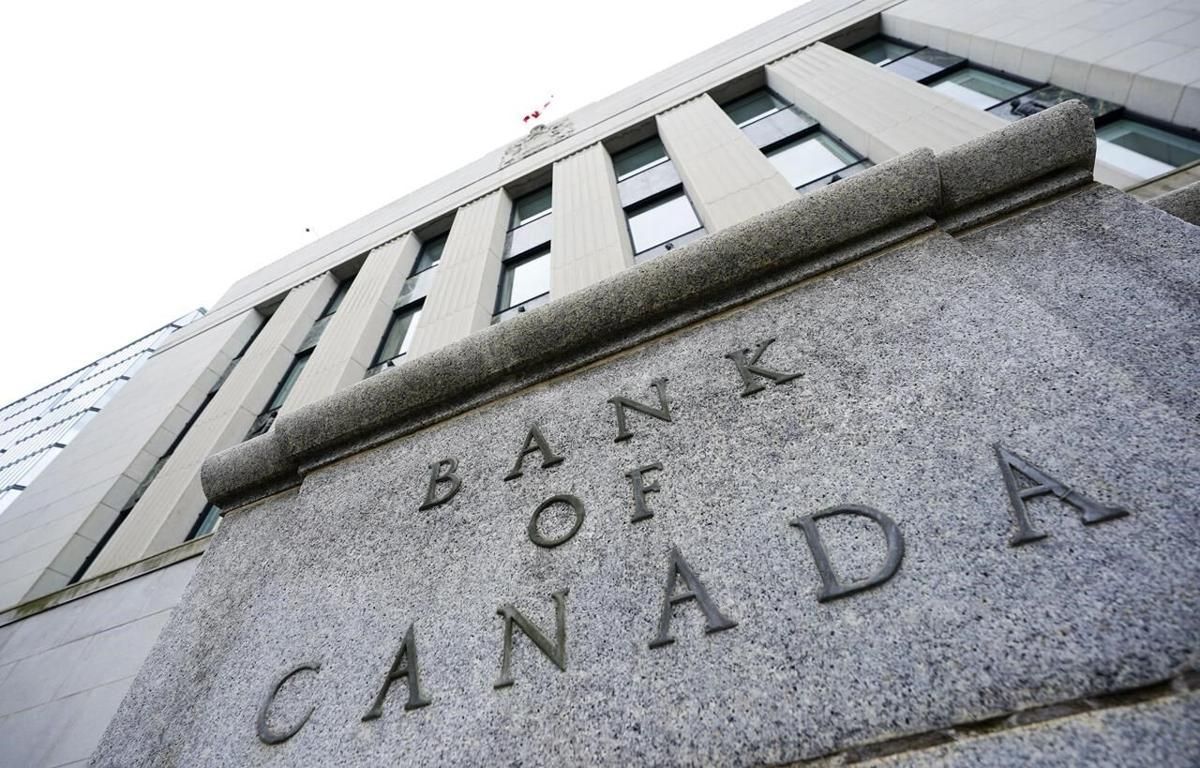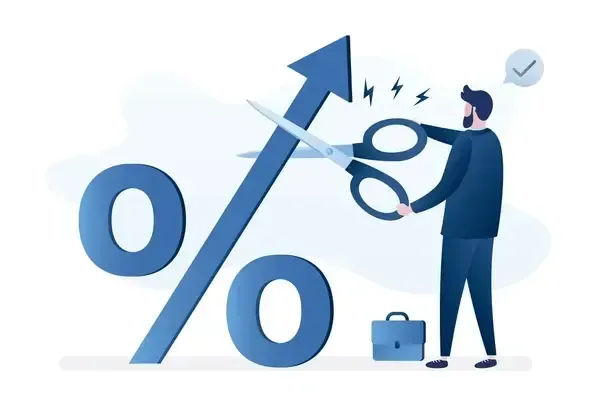Bank Of Canada Summary April 2021
Last week the Bank of Canada held its overnight rate steady as expected but did not budge in its commitment to using Quantitative Easing to keep interest rates low across the yield curve. All of this is great news for homebuyers!
- No change to rates:
- Overnight rate: 0.25%
- Prime Rate: 2.45% (last change: 04.03.2020)
- Bank of Canada Forecast:
- No rate increases until 2023
- Market Rate Forecast:
- No rate hikes until 2022
REAL ESTATE IS BOOMING!
As most are aware, resale markets nationally are posting all-time high unit sales and values in 2021. It will be interesting to monitor sales activity as we head into the spring market as supply tightens further. The heightened activity has clearly been fueled by historically low rates. Employment in higher-paying industries has risen despite the pandemic, supporting incomes among potential homebuyers. And there has been a dramatic shift in preferences toward more space, further outside major urban centres.
“While economic prospects have improved, the Governing Council judges that the recovery continues to require extraordinary monetary policy support.”
WHERE ARE RATES HEADED?
Low Rate Pressures
- Covid Variants: “The spread of more transmissible variants of the virus poses the largest downside risk to activity” -Bank of Canada
- Employment: Canada’s unemployment rate is still above the peak of the last two recessions.
- Contraction
- Contraction: Canadian economy contracted by 5.4% in 2020. Substantially harder hit than in the US, which posted a 3.5% decline.
Rising Rate Pressures
- Economic Recovery: The market is pricing in a strong economy sooner than later. Higher growth expectations mean higher inflation expectations and possible rate increases. In Q4 2020 + Q1 2021, the economy was twice as strong as the Bank of Canada had forecasted.
- Bond Yields: Most metrics lenders use to set fixed-rate mortgage pricing have surged in recent weeks: swap rates, bond yields, and government yields
- US Outlook: The Bank largely attributed the rise in bond yields, impacting increases to 5-year fixed rates by ~25bpts in recent weeks, to “the improved U.S. growth outlook.” A massive $1.9 trillion stimulus plan is also about to turbocharge Canada's largest trading partner's economy.
- Canadian Dollar: The Canadian dollar has been relatively stable against the US dollar but has appreciated against most other currencies.
INTERVENTION?
- Policymakers have been caught off-guard in the magnitude of the housing response to very low financing costs (*In Canada, the average home price jumped 22.8% in January YOY).
- Ottawa could consider increased tax measures and tougher lending rules to cool market activity.
Government intervention is typically warranted when it happens, but is often reactionary, lags, and has a heftier impact than intended. With positive news on the horizon around vaccines and the economy, we trust recent increases to fixed rates will temper Real Estate naturally without additional policy change.
FIXED VERSUS VARIABLE
- If you have already secured a deep-discount variable like prime – 1.00%, you are financially stable and risk-tolerant, you will likely enjoy record-low interest savings for some time to come. Variable provides flexibility: the lowest possible rate, the ability to lock-in, and the avoidance of a high penalty (IRD) if things change before the end of the term.
- If you are risk-averse, have been waiting to “set it and forget it”, and are certain you’ll be in the same mortgage for 5-years or longer (the average life of a mortgage in Canada is ~3.5 years), a fixed rate is recommended - we can still source 1.79% 5-year fixed today!
“GDP growth in the first quarter of 2021 is now expected to be positive, rather than the contraction forecast in January.”
RECOMMENDATION
If forced to make a prediction, as it is still anyone’s best guess, we would suggest that we are in a low rate environment for some time to come. Low interest rates are meant to stimulate the economy as a whole – not just Real Estate. Some would suggest the economy is considerably volatile and dramatic increases will negate the growth governments have worked so diligently to support. Low rates into 2023 and beyond (similar to the Bank of Canada’s stance) is supported at this time.
Should you have any questions regarding a new or existing mortgage, please don’t hesitate to reach out!
Bank Of Canada’s Full Statement, Next Rate Meeting: April 21, 2021
Dedicated to earning your trust and referrals!










